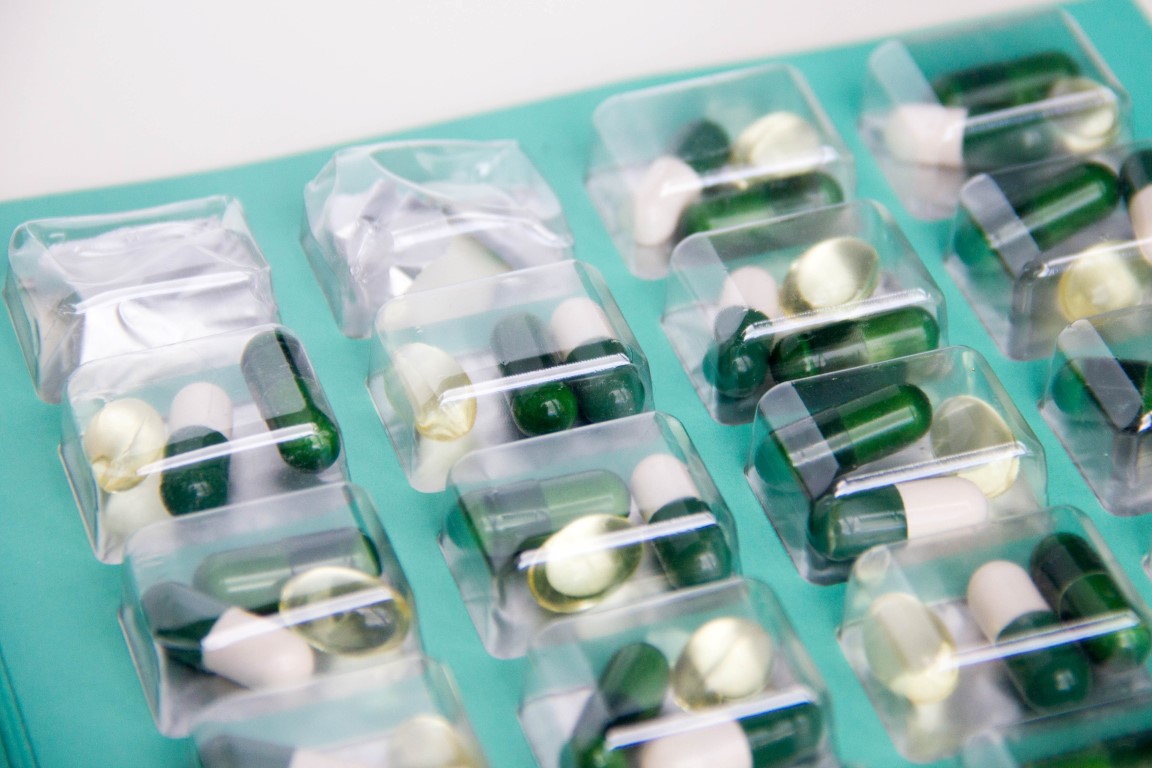How a pharmaceutical validation ‘should’ be carried out
In the last meeting with our Sole Administrator Fabio Giovanni Farneti, we talked about the difference between validation and testing in the pharmaceutical sector, leaving us with this question: “If in a validation, differently from a test, only the parts related to the quality of the final product are verified, how can you guarantee that you have considered everything that should be considered? In other words, if fewer tests are carried out in a qualification than in a test, is there any risk of omitting important checks?
“Let’s start with a small consideration, is it easier to conceal the absence of a tree in a small garden or a large forest? The fact that a test normally involves more tests than one qualification does not necessarily mean that these tests (during testing) are the ones that are really needed. As we have already said the purposes of validation and testing are different”.
Why should not there be useful checks in a test?
“Generally speaking, for equipment manufacturers, the main concern is to verify that the production performance reflects the customer’s requirements. It often happens to feel that what slows down the machine is not the machine itself but all those controls that lead to the production of rejects, reducing the production performance. The ability of manufacturers to understand the needs of such a delicate and complicated market as the pharmaceutical one, in a world that evolves very quickly, is often insufficient and sometimes anachronistic. Even laws do not always help; until 2006 the Machinery Directive only considered the safety of people who would have to work with the machine without taking into account, in the various dangers, the users of the products manufactured by the machines themselves”.
Then how can an effective selection of checks be made?
“You cannot just consider the last part of the process. The validation activity, in addition to qualification, includes other very important phases”.
What is the right procedure to follow for pharmaceutical validation?
“In the meantime, the user (the pharmaceutical company) must first carry out a GMP (Good Manufacturing Practice) impact assessment. Any change or new purchase should be evaluated to see whether it actually requires validation, and here opens another chapter that we will discuss in the future. In the event that the actual need for validation is established, the user should draft the URS (User Requirement Specification)“.
What are the URS?
“User Requirement Specification (URS) is a document with a dual purpose. The first is to provide a purchasing specification for the new equipment, so that the supplier can be selected. But its use does not end here, inside it there must be the GMP critical points that must be considered in the validation”.
So this is where the selection of the correct checks comes from?
“Partly. The GMP section of the URS is the first point of departure, but that alone would not be enough. In the URS, critical points should be listed as a series of defects that the user would like to avoid in his products and possibly the conditions under which they should be considered, but not the technical solutions adopted to reduce the risk of such defects”.
Could you give us an example?
“If we were to consider buying a cartoner, a number of defects that we would like to avoid could be, for example: use of the correct carton, use of the correct prospectus, presence of the prospectus inside the carton, completeness of the product inside the carton, correct closing of the carton. These safety precautions must be taken into account during the productive packaging phases and not during: machine setting, cleaning and maintenance. Products that do not comply and that, due to equipment malfunction, cannot be guaranteed to be in conformity, must be automatically rejected. In this example we have provided a list of GMP critical points, the conditions under which they must be analyzed and even a technical suggestion but, as it should be, no technical details have been given on how to prevent these defects from happening. It is the supplier’s job to give technical information on how the equipment will handle these situations”
If the user had a good experience could not suggest solutions?
“Yes, but the risk is to settle on outdated solutions. The technology is constantly evolving and we are not sure that the solutions of the past will remain performing as time goes by. It is a good idea to leave the job to those who have the expertise, produce the drug to the user and build machines to the supplier. In addition, the supplier certainly has a better knowledge of its system, in fact from here comes the DQ”.
What is the DQ?
“Design Qualification (DQ) is the verification of the design phase. This phase is the most ‘new’ and the less understood, and it is from here that the real verifications to be carried out are identified”.
Why is it the less understood phase?
“The phases of IQ (Installation Qualification), OQ (Operational Qualification) and PQ (Performance Qualification) are normally managed with one document per phase and one field activity where the equipment is tested using the procedures described on the documents, for the qualification of the project this does not apply. The project qualification should demonstrate that the supplier has understood the GMP points to be dealt with in the URS, has analyzed its system identifying the parts of it that contribute to avoid GMP defects, has provided a residual risk assessment for each GMP defect with the solutions adopted and finally has detailed these solutions with precision. As you can well understand, this is not just one document that reports qualification procedures”.
So how should you handle this phase?
“First of all, the supplier should analyze his equipment by looking for the parts that contribute to avoid GMP defects. For each part should evaluate its effectiveness by providing a risk assessment. This assessment is done through the GMP Risk Analysis document. At the same time, detailed specifications of the solutions adopted should be written, normally collected in the specification documents. There are several specification documents that can be used depending on the complexity of the system. In addition, documented evidence of the links between URS, risk analysis and specification documents should be provided through the Traceability Matrices(TM), a table highlighting the qualification phase of the project. These 4 documents should be sent to the user for verification and approval, considering in advance project review phases. For the TM one could even hypothesize several stages of progress, each one for each phase of the project evolution, filling only the parts related to the phase, for example the column of the URS to demonstrate the understanding of the GMP critical points, then the column of the specifications to show how to deal with the problem and so on, in practice a very lively and discussed document”.
If I understand correctly, every point in the matrix will become a to be qualified element?
“That’s right, that’s how the checks should be selected, identified and justified. The right answers come from the right questions. If you want to be sure that you have verified everything that needs to be verified, you need to be clear about why it is happening. This is what the validation process should be about”.
I noticed that in his answers he often used “you should”. Are there other ways or are there other reasons?
“No, the correct way is this, there are not other ways! Alas, theory is far from practice, but that is a different story…”

Photo by Simone van der Koelen on Unsplash




